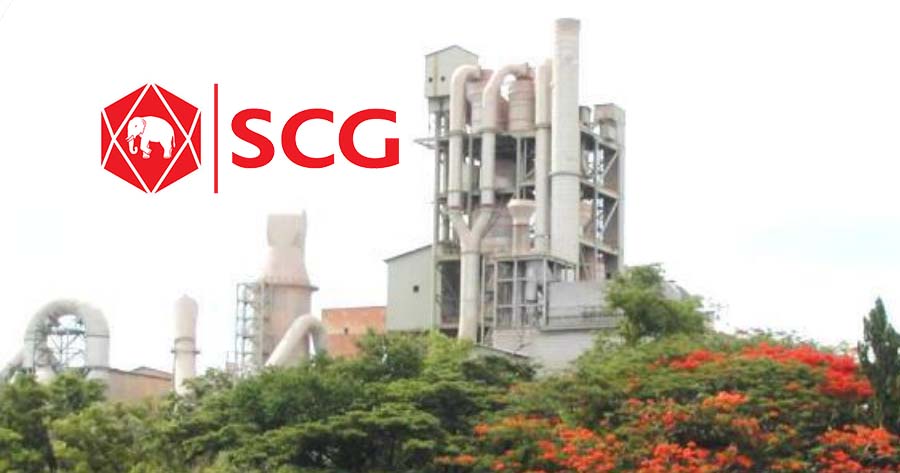Kiatnakin Phatra Securities (KKPS) stated that The Siam Cement Public Company Limited (SET: SCC) is currently undergoing a significant asset portfolio restructuring, specifically targeting its stake in PT Chandra Asri Pacific Tbk (CAP). The company has officially announced its intention to reduce its ownership in CAP from 30.57% to 20%. This move will reclassify CAP from an “associated company,” where earnings are recognized via the equity accounting method, to “other investments,” which uses the cost accounting method.
SCC states the divestment aims to de-leverage its balance sheet—thereby improving its net debt-to-equity ratio—and to reallocate capital towards future business opportunities. However, analysts also believe a catalyst for this decision is CAP’s recent diversification into areas like refinery and utilities, which are outside SCC’s core expertise. Furthermore, CAP’s substantial investment in naphtha crackers in Singapore sharply contrasts with SCC’s strategic shift towards lowering its exposure to naphtha feedstock and increasing its reliance on ethane feedstock.
Financially, this restructuring means SCC will no longer recognize loss contributions from CAP. Instead, it will only book dividend income received from CAP. For instance, in 1Q25, CAP posted a US$25.6 million loss, translating to a US$7.8 million loss contribution to SCC under the previous accounting method. While SCC might book a gain or loss from the divestment depending on the transaction’s closing price, selling chemical assets above their book value is expected to be challenging due to the deep cyclical downturn in the industry. The average 2025 P/B ratio for Asian chemical companies stands at 0.6x.
Adding to the challenging environment, a relapse in the polyolefins spread has been observed. After reaching high levels in April, the HDPE spread dropped from US$392/ton to US$259/ton by June, and the PP spread retreated from US$420/ton to US$372/ton. This decline is attributed to the return of outage capacity combined with persistent weak demand, reinforcing the “Underperform” rating on the chemical sector.





